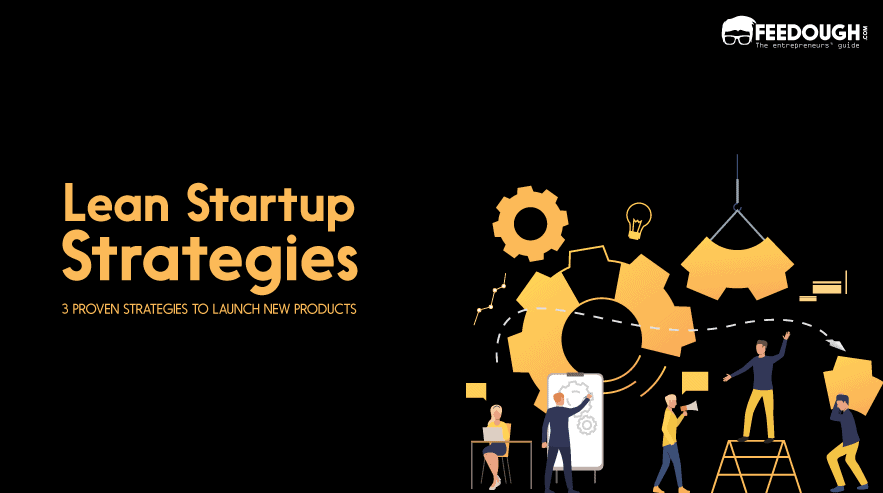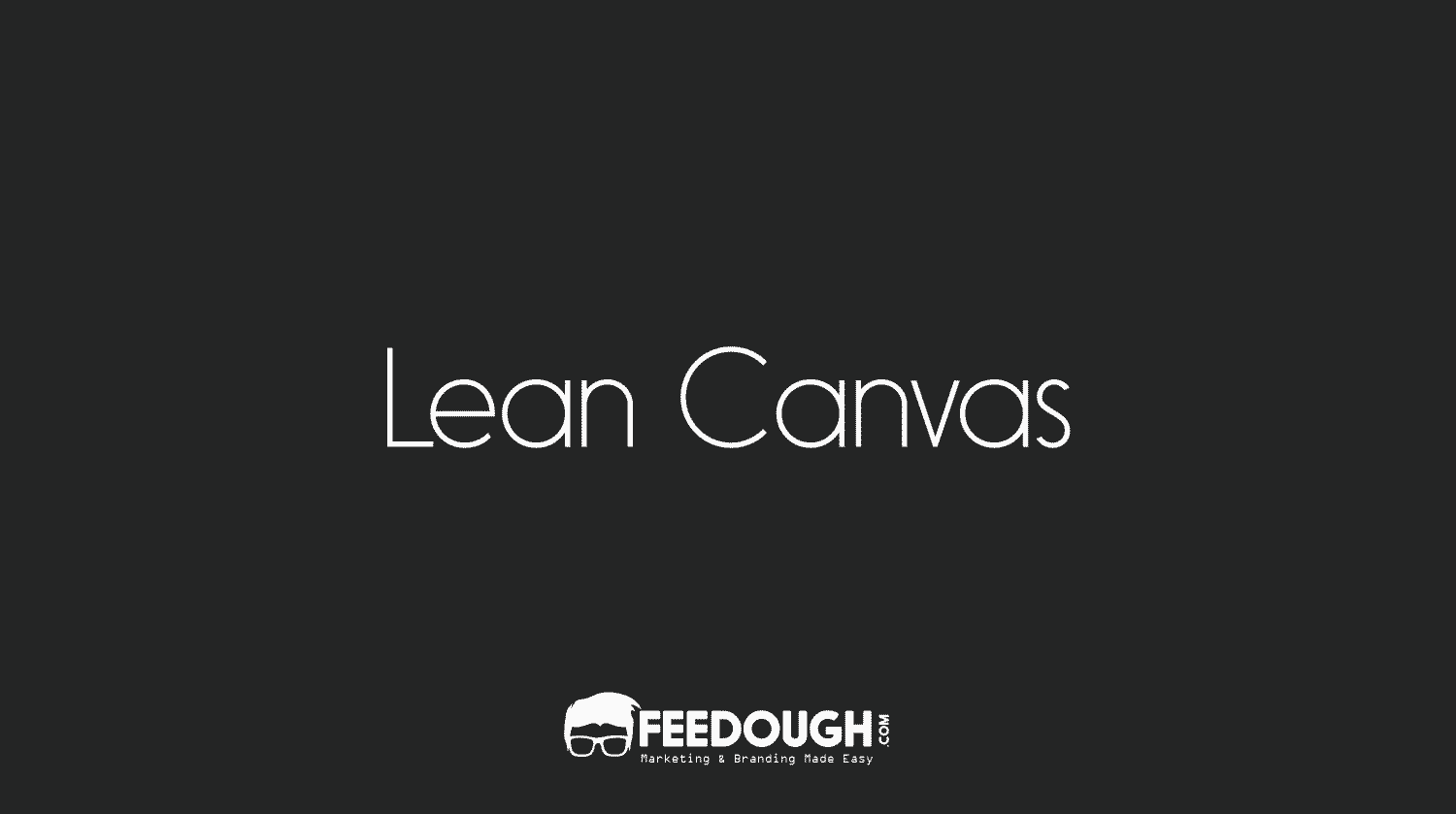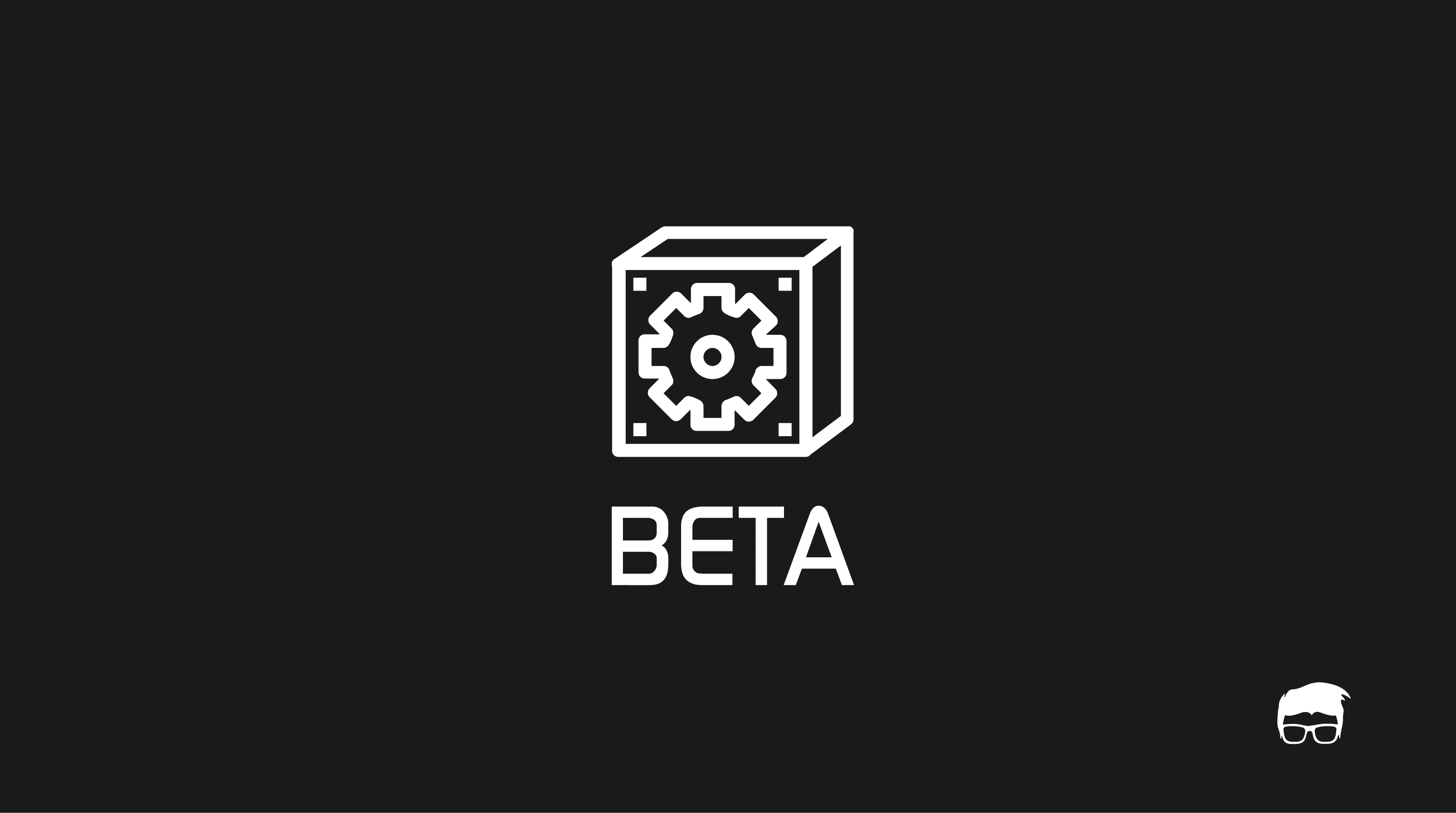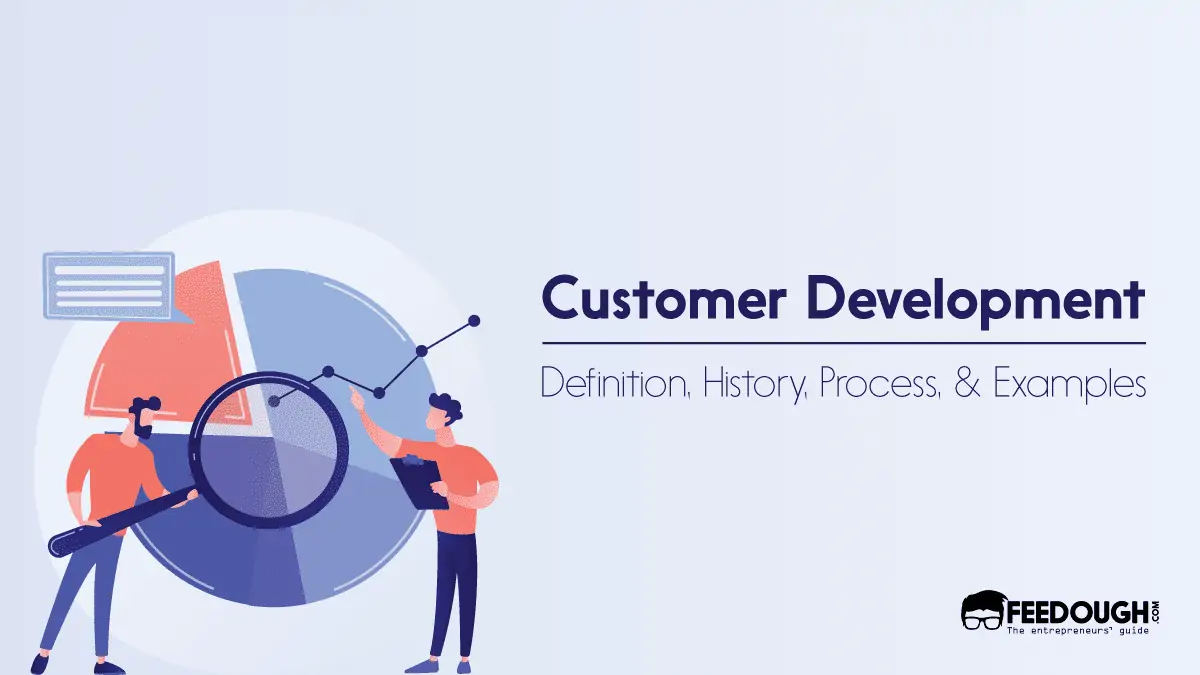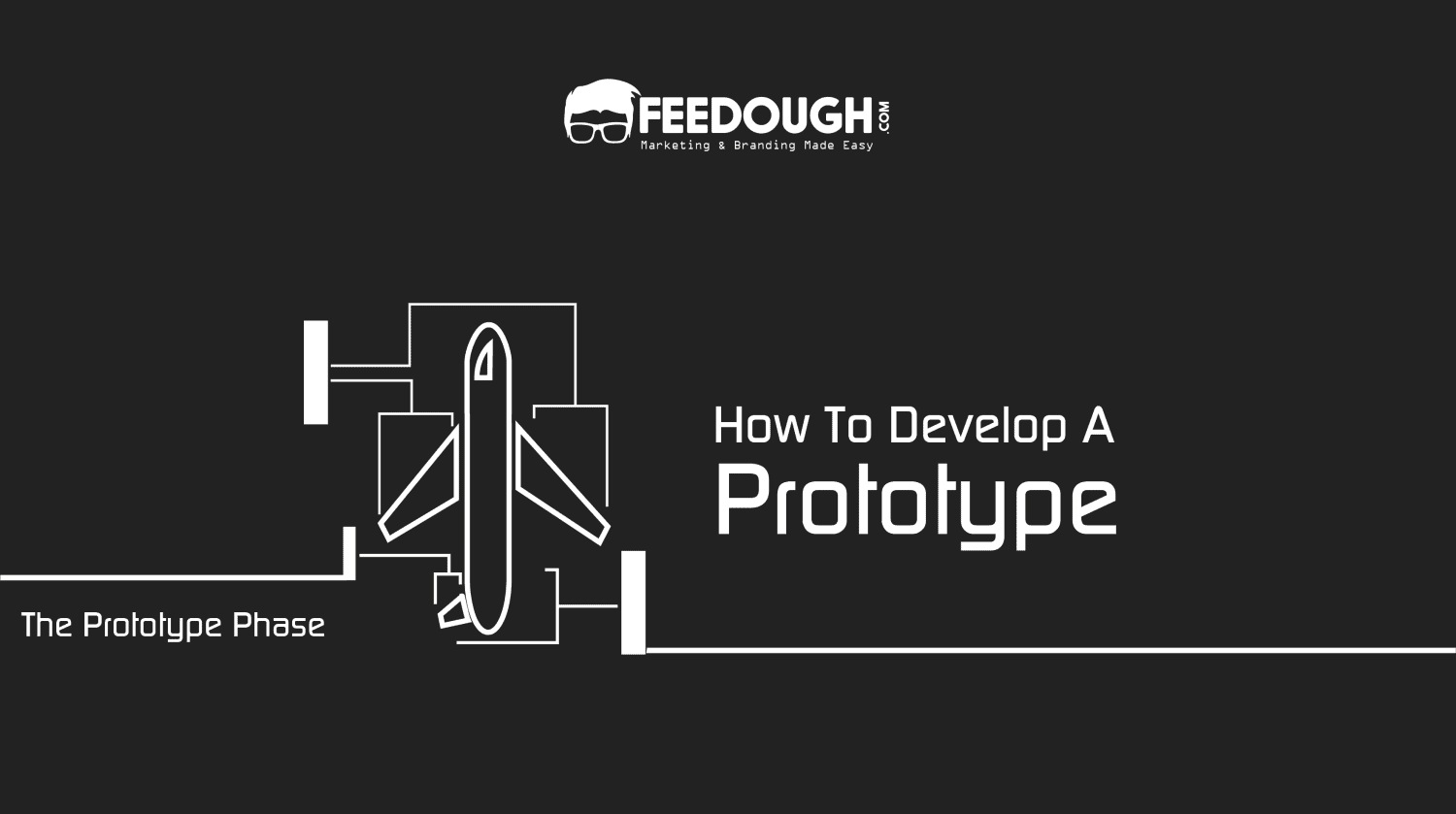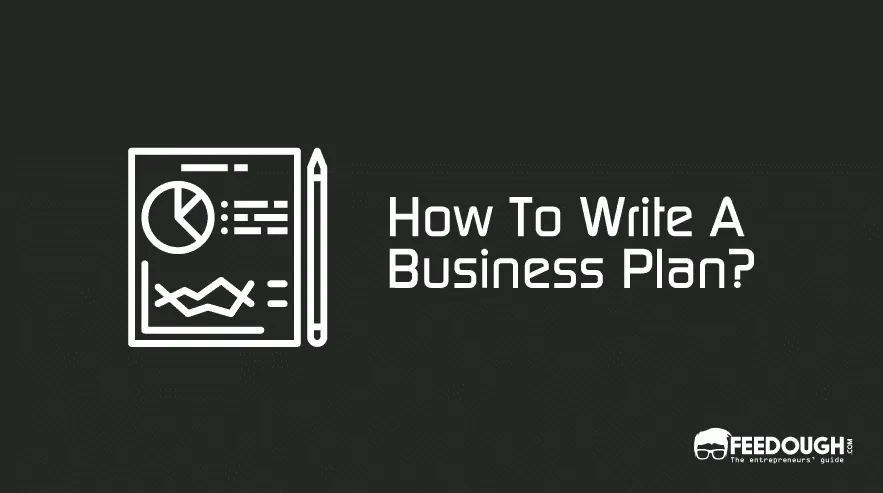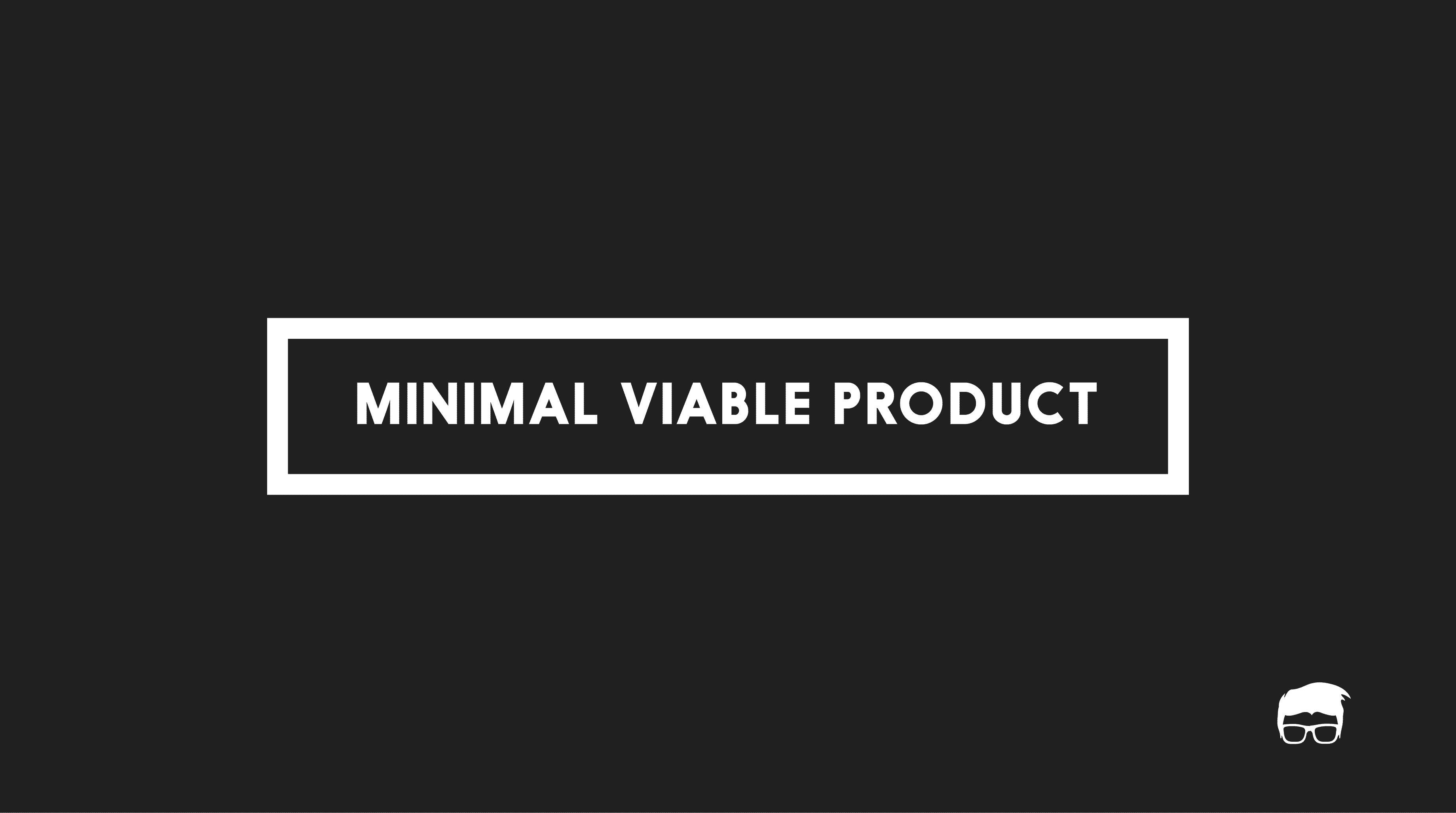Launching new products can be expensive and extremely risky. Whether digital or physical, new product launches require significant design, testing, and development. Entrepreneurs get their hopes high that they are releasing the products that customers will buy, and when customers don’t buy, it can be catastrophic.
Fortunately, there is a way for entrepreneurs to assess customer interest even before building their product – and this method is called the Lean Startup. In this post, we will explore exactly what lean startup is and provide you with several strategies for using the lean startup to soft launch and hard launch new innovations and products.
What Is Lean Startup, Anyway?
In the most general terms, a lean startup is a unique approach to building new businesses and products. This method proposes that entrepreneurs must launch experiments to validate their assumptions as they develop new products. In other words, instead of building products to 100% completion, entrepreneurs should develop several tests along the way to ensure that they are building exactly what consumers want to buy.
Take Zappos, for instance. Today, we know it as one of the world’s most successful e-commerce platforms, but this wasn’t always the case. Before renting a warehouse and filling it up with inventory, founder Nick Swinmurn wanted to confirm, “Is selling shoes online viable?” This was 1999, and the e-commerce era was just in its infant stages.
Nick visited several local shoe stores, taking photos of their products and loading them onto his website. When an order was placed, he would return to the store, purchase the shoes, and send them to the customer. Sure, this business model wouldn’t be stable in the long-term, but his question was answered – people were definitely looking for a reputable online source where they could purchase shoes. With this data, he now knew that moving forward with his idea would yield positive results.
Risk isn’t so risky when you have the right data.
Choosing A Lean Startup Strategy
While Zappos’ lean strategy worked perfectly, it’s not the only strategy that you can adopt when launching a new product. The strategy that you choose should be based upon your intended goal, as each strategy will reveal different insights.
What can you learn by launching a lean startup experiment? With the right strategy in place, you can learn intimate details about your customers, their desires, and their intentions. Some of the questions that can be answered with a lean experiment include:
- Have you chosen the right target market?
- Is your marketing strategy effective?
- Is there a demand for your offering?
- Are you providing the right solution to meet that demand?
- Does your product/service offer the right features?
- Will your customers buy it? At what price?
The key to lean startup is to gather these insights as early as possible so that you are clear on what to build, why you’re building it, and who you’re building it for; before exhausting the valuable resources necessary to develop it. Not only does lean startup allow you to validate your assumptions, but it also allows you to create an effective business plan based upon real primary research of your exact customer base.
Now that you’re familiar with lean startup and can understand it’s benefits, let’s talk about how to implement some of the most effective lean startup strategies.
4 Highly Effective Lean Startup Strategies
Although ‘lean startup’ may be a new term to you, you actually see it in action constantly. Some of the world’s most well-known brands use lean startup right in front of your eyes, every single day.
Have you ever noticed a new feature on Facebook that suddenly disappeared the next day? In some cases, it may have appeared on your account, but not on your friends’ accounts. This is Facebook testing new features to a limited audience to gather insights before launching the feature to its millions of users.
From major tech companies to small product-based companies and beyond, lean startup is everywhere. Why? Because if you implement it correctly, it can save you an enormous amount of waste in both monetary and time efforts.
Here are three amazing lean startup strategies that you can implement today to prove your concept and validate all assumptions regarding your product or service.
Showcase Products Before They Are Built
Technology has given us the power to intricately display products that have not yet been built. There is extreme power in visuals, and today, we have the power to use visualization to bring non-existent products to life. For example:
- Product-based businesses can use digital 3D models or have prototypes built with a 3D printer to showcase what the product looks like and how it works.
- Software-based businesses can use design screens, prototypes and demos to display how the software will look and how it will function.
Some say a picture speaks a thousand words. If this is the case, then there is no quantity of words that can equal the effect of a great video. Whether an explainer video or promotional video, live or animated video can be used to capture the attention of an audience, describe the benefits of the product, and introduce them to a solution to their problem – even if that solution has not yet been built.
Does this strategy work? Well, it certainly did for Drew Houston, founder of Dropbox.
Dropbox was founded by a team of engineers. To build the software seamlessly across all platforms (Windows, Mac, iOS, Android, etc.), a significant level of development and testing would be necessary. Before taking the risk, founder Drew Houston wanted to first test whether people even had a challenge with managing and synching their files, and if they did, whether Dropbox solved that challenge. So, he launched a video.
The video was only three minutes long and simply showed a screencast of Drew using and explaining the software. According to Drew Houston, “It drove hundreds of thousands of people to the website. Our beta waiting list went from 5,000 people to 75,000 people literally overnight. It totally blew us away.” For Drew there was no doubt, the risk of building the software was definitely worth taking. Today, Dropbox is estimated to be worth as much as $8 billion.
Test For Customer Intent
Just because someone likes your product, it doesn’t mean that they want to use it. Luckily, you can also run lean experiments to not only gauge customer interest but also their intent to learn more or purchase the product.
A landing page MVP is often used for this purpose. In this model, a startup will launch a landing page online that showcases the product (using the methods in the previous strategy) and details its features and benefits. A form on the page allows users to pre-register, sign-up for beta, or to sign up and be informed of the product’s release. Not only does this method allow entrepreneurs to gauge interest in the product, but it also allows them to build up a list of customers who may want to purchase the product once it is released.
A shadow button MVP is similar with one small difference. Instead of having a form, the page will have a button with a call-to-action such as “Click Here to Purchase” or “Download Now!” Since the product doesn’t yet exist, the page will lead to either an error or a message stating that the product is not yet available. On this screen, a form can be added to capture the details of individuals who may be interested in buying the product. Shadow button MVPs allow entrepreneurs to perfectly gauge how many visitors intended to purchase or download the product.
Landing page and shadow button MVPs are rather simple, but they are extremely effective. Take Buffer, for instance. Before building out the platform, owner Joel Gascoigne wanted to determine whether people would even be interested in using the Buffer platform.
With a simple webpage, he explained what Buffer did and what problem it solved. There was a button for “Plans and Pricing” that interested parties could click to purchase. However, this was only a shadow button. Instead of taking them to pricing, it took them to a page that said, “Hello! You’ve caught us before we’re ready!”
Joel noticed that people were clicking the pricing button, and many were even providing their email addresses for further information. He ran a second experiment – this time updating the Plans and Pricing page with actual prices for each package ($0, $5, and $10). Now, people were coming to the landing page and many were even clicking to purchase the higher-priced subscriptions. There was a market, people wanted the product, now he just needed to build it.
Many startups take this concept a step further and choose to pre-sell their product; another fantastic lean startup strategy. Using crowdfunding platforms like Kickstarter and IndieGoGo, startups are able to introduce their concepts to real customers, sell the product and earn revenue before the product has been built.
Run A/B Comparison Tests
You might have a great product, but does it offer the features that consumers are seeking? There’s only one way to know – test it.
By using A/B comparison tests, startups can gather insights on what features consumers will buy into and which they won’t. Furthermore, this technique can work in conjunction with the previously mentioned strategies.
Here are the steps to completing a successful A/B comparison for lean startup testing:
- Launch a landing page that describes a specific set of product features.
- Launch a second landing page that has one (and only one) feature change.
- Measure the results of these two pages against each other. Which one performed better? Which feature-set garnered the most interest by customers? Which got the most signups?
- Keep the feature set with the best customer metrics.
- Change another feature and repeat the process until the optimal product has been developed.
From Lean to Green
By implementing the right lean startup strategies, you can quickly move from the ideation stage to the revenue generation stage; reducing waste and maximizing the potential of success.
Testing never ends. Once your product has been optimized for a perfect market fit, the rest of your strategy should be tested as well. Run experiments on your marketing strategies before investing your entire budget. Test new markets effectively before scaling into them.
Your lean startup strategy doesn’t have to be pretty, it just needs to be effective. In the words of LinkedIn’s founder, Reid Hoffman –
If you are not embarrassed by the first version of your product, you’ve launched too late.
Go On, Tell Us What You Think!
Did we miss something? Come on! Tell us what you think of our guide on the Lean Startup Strategies in the comments section.
A startup consultant, digital marketer, traveller, and philomath. Aashish has worked with over 20 startups and successfully helped them ideate, raise money, and succeed. When not working, he can be found hiking, camping, and stargazing.
